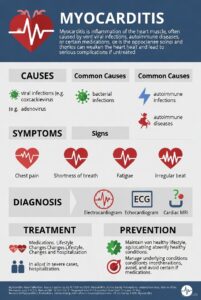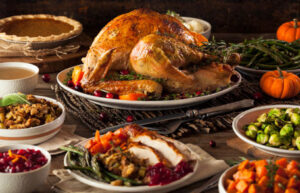Outline for physical examination
General survey
Observe general state of health
Vital signs
Record vital signs such as:
Blood pressure
Pulse rate (apical/radial pulse)
Respiration rate
Temperature
Oxygen saturation
Integumentary/skin
Inspect and palpate skin and nail
Head and neck
Inspect and palpate face, sinuses, and central nervous system
Extremities
Observe size and shape, symmetry and deformity, and involuntary movements.
Inspect and palpate arms, fingers, wrists, elbows, shoulders
Anterior and posterior thorax
Inspect for muscular development, scoliosis, respiratory movement, and approximation of AP diameter.
Palpate apical impulse, lymph nodes, symmetry of respiratory movement, tenderness of CVA, tumors or swelling, tactile fremitus
Percuss for pulmonary resonance
Auscultate breath sounds, rate and rhythm, character of S1 and S2 in the aortic, pulmonic, Erb’s point, tricuspid, mitral areas, bruits at carotid, epigastrium
Abdomen
Inspect for scars, shape, symmetry, bulging, muscular position and condition of umbilicus, movements
Auscultate for peristalsis such as bowel sounds or bruits
Percuss then palpate to confirm positive findings; check liver, spleen, and kidney (size and tenderness), urinary bladder (distention)
Palpate femoral pulses, inguinofemoral nodes, and abdominal aorta
Neurologic
Observe motor status and coordination
Genitalia
Male external genitalia
Female external genitalia




